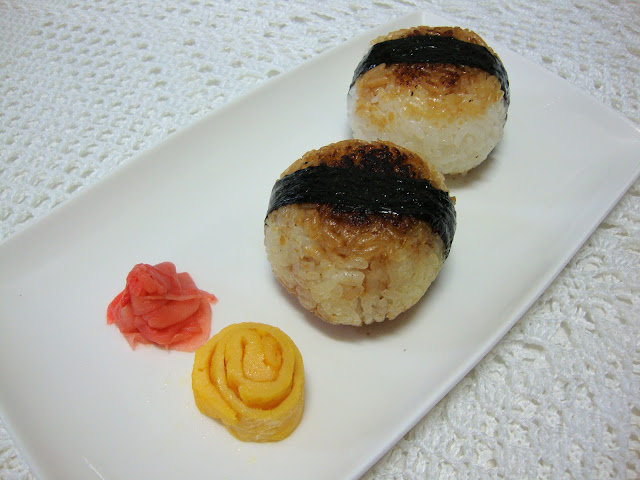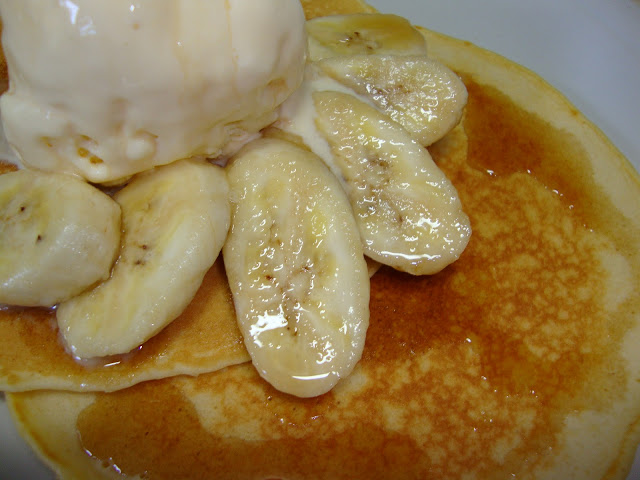Pikelets are basically the smaller version of the usual pancake size. They tend to be very popular with children because they are bite-sized.
One of my friends introduced me to this cookbook called ‘Margaret Fulton’s Creative Cookery Course: A step-by-step guide for all occasions’. This book was written by Margaret Fulton and published in 1981. The recipes are very clearly explained, well illustrated and has instructions that are easy to follow. According to my friend, Margaret Fulton’s recipes were very popular in the 1970s and 1980s. This cookbook has definitely given me insight into Australian cuisine and lovely western home-cooked meals. This cookbook is highly recommended to anyone who wants a copy of good home-cooked western recipes.
All thanks to Margaret Fulton that I no longer need to rely on instant pancake mix. In my previous blog entry, I used a pancake recipe from the Coles Magazine. Comparing the two, Margaret Fulton’s pancake texture is more puffed and slightly cake-like. Personally, I think the taste is better too. Margaret Fulton uses a little lemon juice, butter and a pinch of salt in her pancake mixture. I think these are the keys to making well flavoured pancakes.
Making your own pancakes is not only quick and easy to prepare, they taste great too! It is also a great idea for parents who like to spend good bonding time with their children in the kitchen – they can prepare them together, and eat them with their favourite toppings (butter, jam, honey, fresh fruit, nuts or ice-cream). They are wonderful desserts for morning or afternoon teas.
 |
| Pikelets topped with butter and strawberry jam. |
Pikelets Recipe (makes about 10-12) written by Margaret Fulton
Ingredients:
1 cup self-raising flour
Pinch of salt
¼ teaspoon bicarbonate of soda
2 tablespoons sugar
1 egg
½ cup milk with 1 teaspoon lemon juice added
15g butter (melted)
Extra butter for cooking
Extra butter and jam to serve
Procedure:
1. Sift the flour, salt and bicarbonate into a medium-sized bowl.
2. Make a well in the centre and add the sugar, egg, milk and melted butter. (I whisk the wet ingredients together before adding them into the flour mixture.)
3. Stir in the mixture from the centre gradually drawing in the flour from the sides, until you have a smooth batter.
4. Grease a non-stick frying pan with a little butter. Drop the mixture by tablespoonfuls into a pan and cook over medium heat until the bottoms are brown. Turn carefully and brown the other sides. (If the batter thickens too much, thin with a little milk.)
5. Serve the pikelets warm with butter and a good berry jam.




































